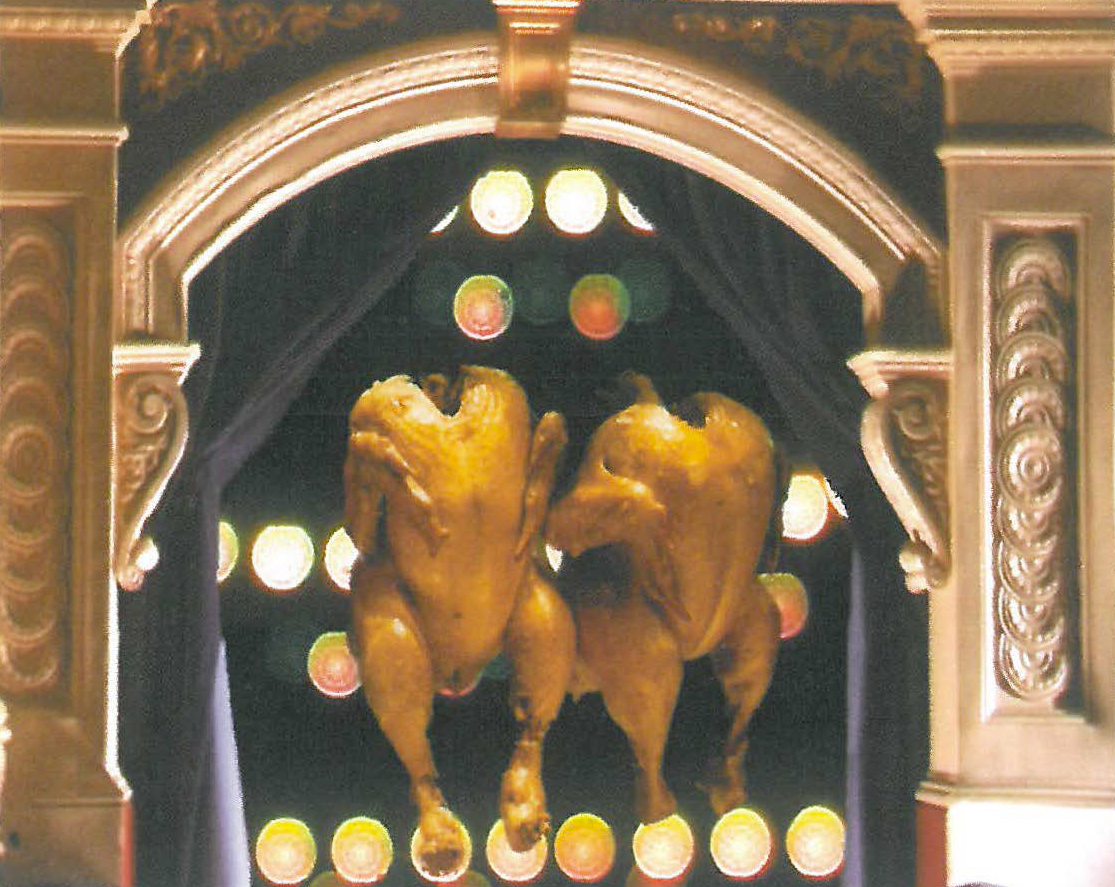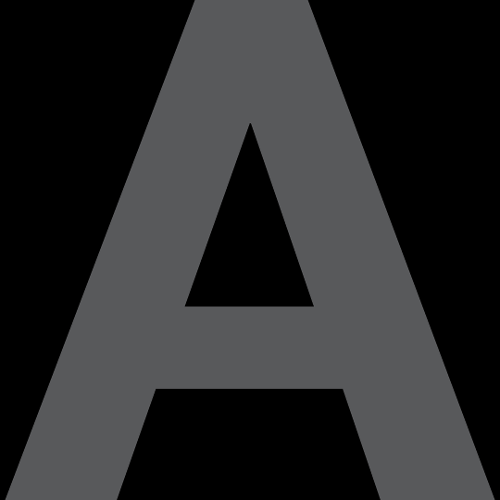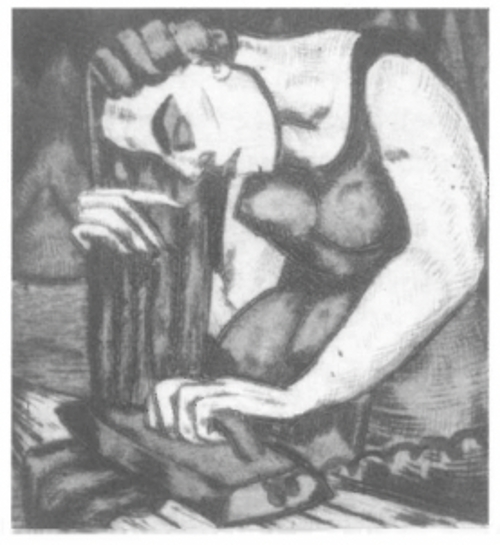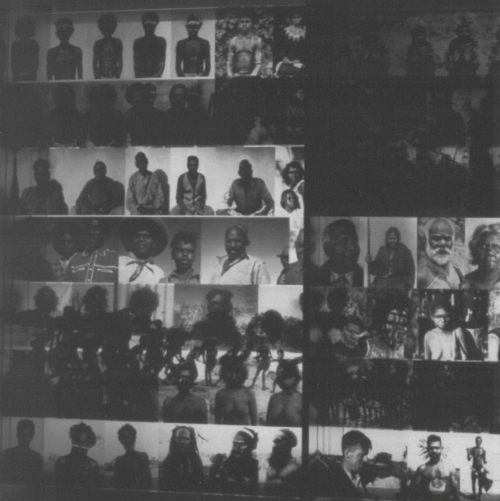
"Drive by: The act of observation changes the nature of what is being observed."
The barbaric effects of capitalism with its visual pollution of glossy hard-sell have transformed the streetscape. Streetscapes are full of advertisements that dramatise the nexus between the everyday and the 'sublime' world of business. Nobody is asked to willingly participate. Advertisements operate beyond any contractual address to mere mortals. The battle for the attention of consumers has become increasingly difficult and complicated. Willing or not we have all become voyeurs of pure spectacle, forced to keep an eye on the marketing strategies of the moment.
Art has no exemption from the rule that the biggest challenge is one of obtaining audience. For some time now artists have negotiated street environments where sources of information are mixed or blended. Attempts have been made by some to focus attention in this image-and-text based culture to produce sub-language realities. Humanist traditions that confer meaning on existence and the Marxist position that art should function as a social force are condemned in a world characterised by terminal overload. Life without feeling alive is a solution to the angst of daily existence.
Drive-by on the other hand involved artists who seemed to be engaged with deeper issues, wanting to turn away from the easy gratification of one line, one idea art. Drive-by as a project was initiated by a group of seven Perth experimental film, video and performance artists who had in the past collaborated on numerous projects both as individuals and in small groups. Funded generously by the Australia Council through its New Media Arts grants these seven artists working in new media, video performance and installation, produced shop window-sized digital image projections in DVD (digital video). In collaboration with other practitioners (mainly writers) an attempt was made to reach the public at street level - not an easy task considering that many of the sites were obviously in the business of selling themselves as a kind of real-time consumer porn.
In seven shop-front windows of a diverse range of businesses around the central city images and text were back-projected onto large screens after dark. For passing drivers, absorbing chaotic and random elements into a recognisable whole whilst attempting to gaze at the road ahead is not an easy task. To experience Drive-by fully it was clearly an advantage to be stuck in traffic or to find oneself on foot. To confuse regular passers-by all seven works were rotated every day. What struck me on the days I observed the 'observers' was that most people spent more time looking at these DVD projections than they would look at a work of art in an museum or gallery. Passers-by presented themselves for two weeks as a gathering - like a traffic accident assembly full of ambivalent anxiety and pleasure responding to the seduction of images and fascinated by all that is spectacle.
.jpg)
The highlights of Drive-by included Vikki Wilson & Erin Heffron's collaborative work entitled A Throw of a Dice Can Never Abolish Chance which proved to be an unsettling experience. The secret identity of this work had two heroic manifestations. Apparitions painted with a wash of pop culture suggesting that between either side of a tenuous screen membrane there might exist an infinity of spaces. The investigation of circular-moving camera work, with its scan-like textured mapping was developed against the text of an abhorrent story of a serial killer. Drifting audiences wandering through corporate malls minding their own business were momentarily sucked into the flickering screen. With every twist and turn this work cultivated a sober perspective ultimately communicating in a haunting and poetic way that our fears and desires have been left unchanged despite all the advances in technology over the centuries.
Sam Landels' and Sohan Arial Hayes' work Rubberneck on the other hand was full of sardonic wit. The quivering bodies of cooked poultry and seafood were beautifully simple in concept yet focused explicitly on the bawdy comedy shows where striptease is one of the chief elements. Much of this work was the realisation that in performance the body, even the corpse-like body, is the most potent and in most cases the only resource. Moments of appropriation achieved through designating the human body as cooked poultry, or fish as breathing moving motors became in this work the focal point of the scientific dissolution of the space-time continuum. As images were delivered into the fruitful structure of the feedback loop this work attempted to expose the physiological functions of the body. Out of the seven works this was the most obviously sexual, running a gamut of activities and metaphors. Often with a touch of ironic humour, props, costume, character, space and the carcass body became interdependent constructs, inseparable from the cultural forces which have shaped them.
Marcus Canning, a prolific performance artist and experimental film maker, collaborated with Emily Murray, a writer from Adelaide. The artists did not know each other before this project. Communicating by e-mail and postal services between Adelaide and Perth 44 Fragments from the Shattered Cast of the Irreconcilable Whole is a performance film and text work that in multiple variations and shapes pushes the syntax of numerical systems. Images from past performances by Marcus Canning that are all at once hilarious, nightmarish, minimal, tacky and existentialist in "strange designed spaces" are juxtaposed with text. As a writer Emily Murray attempted to analyse, dissect and articulate the ideas and emotive situations in which Marcus was staging his performances. This work was like a living memory, denoting time made into an artefact that was pushing the passer-by into active mode before he or she moved on.












